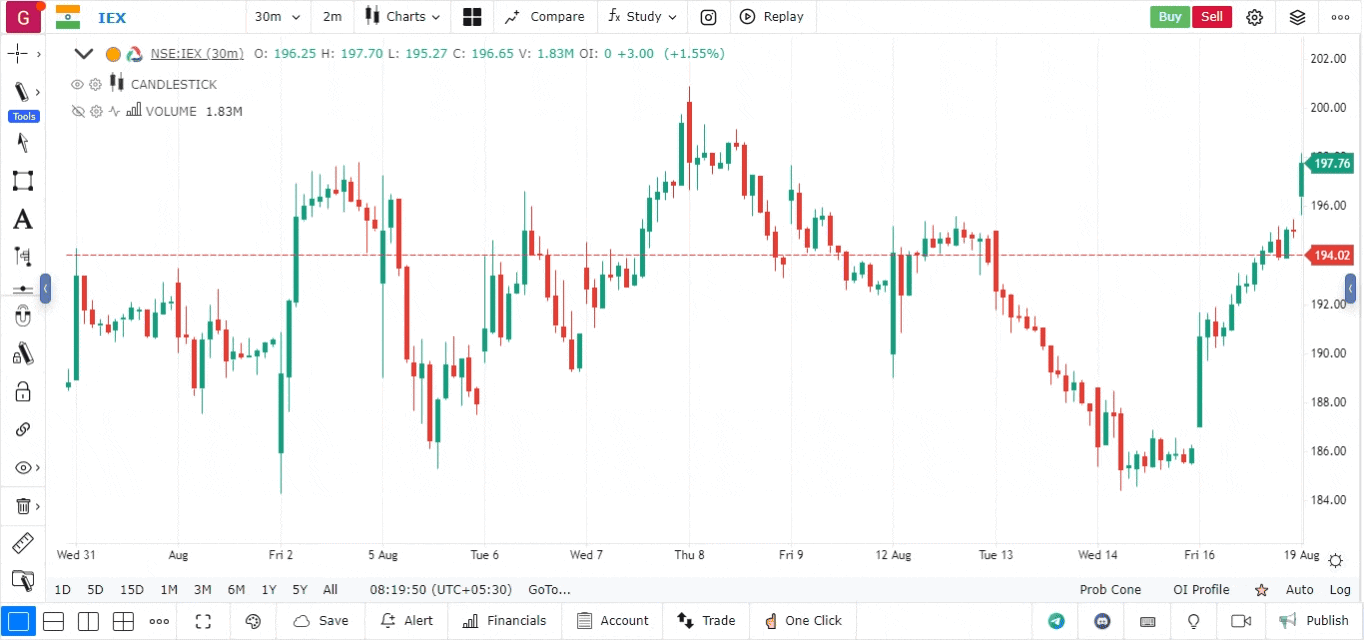Time Series Moving Average (TSMA) Indicator
The Time Series Moving Average (TSMA) Indicator is a trend-following technical analysis tool that provides an average of price movements over a specified period. Unlike traditional moving averages, the TSMA places more emphasis on recent price action, allowing traders to respond more quickly to changes in market trends.
What is the Time Series Moving Average (TSMA)?
The Time Series Moving Average is a type of moving average that smooths price data over a defined period while assigning greater weight to the most recent data points. This characteristic makes it particularly effective in trending markets, providing traders with timely insights into price movements.
Key Features:
- Responsive Smoothing: The TSMA reacts quickly to price changes, making it suitable for short-term trading strategies.
- Trend Identification: It helps traders identify the direction of the trend and potential reversal points.
- Customizable Periods: Traders can adjust the period length to suit their trading strategies, making it versatile for various timeframes.
TSMA Formula:
The Time Series Moving Average is calculated using the following formula:
Where:
- = Price at time i
- = Number of periods
This formula gives more weight to the most recent prices, thus enhancing responsiveness.
This formula gives more weight to the most recent prices, thus enhancing responsiveness.
How to Add the TSMA Indicator
-
Open the platform:
- Navigate to the platform and select the asset you wish to analyse.
-
Access the Indicators Menu:
- Click on the Indicators menu located in the top toolbar.
-
Add the TSMA Indicator:
- Search for “Time Series Moving Average” or “TSMA” in the indicators search bar.
- Click on the TSMA Indicator to add it to your chart.

- Customize Settings:
- After adding the indicator, you can customize the following settings:
- Period: Set the number of periods for the TSMA calculation (e.g., 10, 20, or 50).
- Style: Adjust the colour, line thickness, and style for better visibility on your chart.
- After adding the indicator, you can customize the following settings:
How to Interpret the TSMA Indicator
-
Trend Direction:
- When the price is above the TSMA, it indicates a bullish trend, suggesting potential long positions.
- When the price is below the TSMA, it indicates a bearish trend, suggesting potential short positions.
-
Identifying Reversals:
- A cross of the price above the TSMA can signal a potential bullish reversal, while a cross below the TSMA can indicate a potential bearish reversal.
-
Support and Resistance Levels:
- The TSMA can serve as a dynamic support or resistance level, where price reactions may occur, helping traders identify potential entry and exit points.